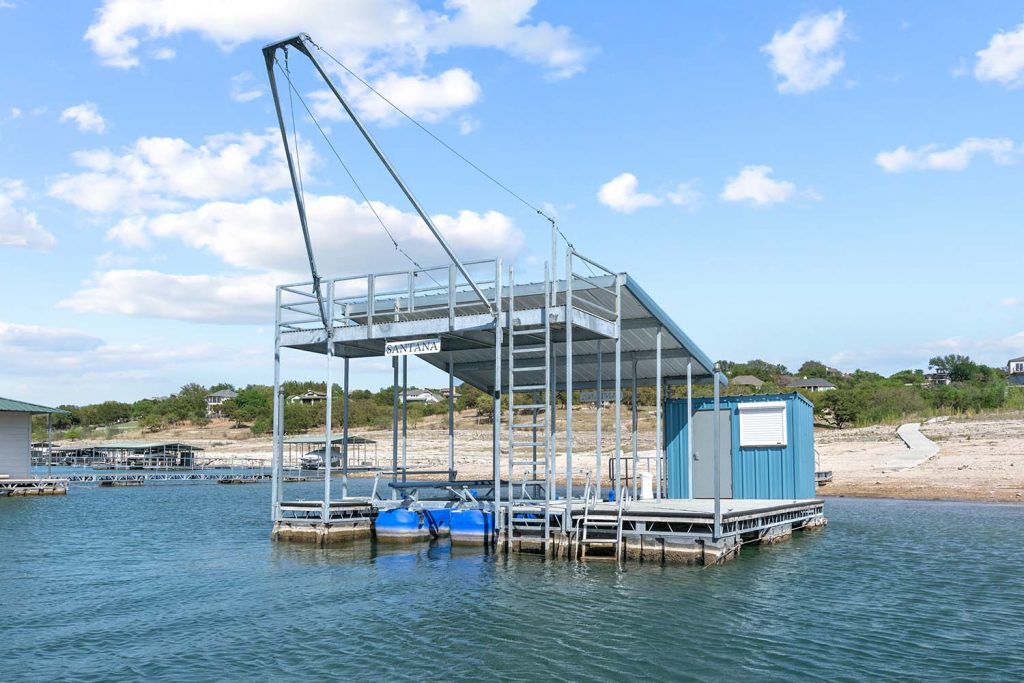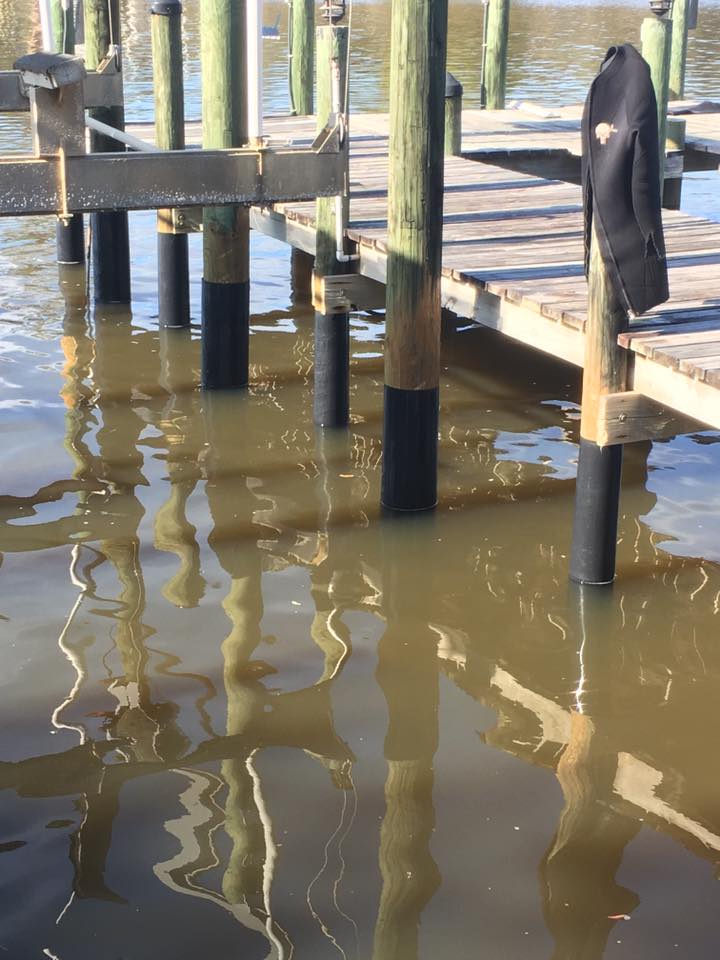DIY Tips for Simple Dock Repairs You Can Take Care Of
DIY Tips for Simple Dock Repairs You Can Take Care Of
Blog Article
Reliable Dock Repair Techniques: Guaranteeing Structural Honesty
Ensuring the architectural honesty of anchors through reliable repair service methods is paramount for the longevity and security of aquatic facilities. This includes a multi-faceted strategy starting with detailed evaluations making use of sophisticated technologies like finder tools and remotely operated cars (ROVs) to discover both visible and hid damages. Subsequently, picking the right repair service products, such as corrosion-resistant alloys and composite materials, is important for durability. Structural reinforcement methods, consisting of the execution of cross-bracing systems and load-distribution plates, play a crucial role in mitigating stress and anxiety factors. The importance of these methods ends up being evident when checking out innovative fixing approaches and preventative maintenance strategies.
Evaluating Dock Damages
Analyzing dock damages is a crucial initial step in making sure the architectural stability and safety of any docking center. Trick elements to check out consist of the dock's structure, pilings, outdoor decking, and hardware (Dock Repairs).
Architectural engineers or qualified inspectors usually do these analyses using specialized devices and techniques. Undersea examinations might utilize sonar tools or from another location ran lorries (ROVs) to discover immersed damage. Over water, visual assessments are matched by using dampness meters and various other analysis devices to reveal underlying issues not immediately visible to the naked eye.

Picking Repair Materials
Choosing the proper repair products is a critical step in the dock restoration procedure, one that directly influences the long life and performance of the fixed framework. Material option should be driven by factors such as environmental conditions, load-bearing demands, and compatibility with existing dock components.
Along with timber, composite products are progressively prominent due to their durability and low maintenance demands. Composites, commonly made from a blend of plastic and timber fibers, offer exceptional resistance to rot, bugs, and UV damages. For steel anchors, choosing corrosion-resistant alloys such as galvanized steel or marine-grade aluminum is important to avoid corrosion and ensure architectural stability in saline water conditions.
Epoxy resins and marine-grade sealants are important for fixing cracks and securing joints, offering a waterproof barrier and enhancing the dock's general toughness. By thoroughly selecting premium products, dock repairs can accomplish long-lasting results, consequently protecting versus future destruction and making certain secure, reliable use.
Architectural Support Techniques
Efficient structural support techniques are vital in making certain the security and long life of dock repair services. One essential approach entails using steel or composite reinforcement bars (rebar) within concrete structures. Rebar gives extra tensile toughness, protecting against cracks and distributing loads extra evenly. This approach is particularly efficient for docks subjected to hefty loads or harsh environmental problems.
Another essential strategy is the application of fiber-reinforced polymers (FRP) These products provide high strength-to-weight ratios and superb resistance to rust, making them optimal for strengthening wood or concrete docks. FRP can be used in strips or sheets and adhered with epoxy resins to enhance architectural integrity.
Bracing and securing systems also play an important role in architectural reinforcement. Cross-bracing, using steel or wood beams, can neutralize side forces, reducing persuading and motion. Securing systems, such as helical piers or driven piles, provide a secure foundation by transferring loads to much deeper, more stable dirt layers.
Finally, the combination of load-distribution plates can aid distribute weight much more uniformly across the dock's surface area, reducing localized stress points. These methods jointly make sure that anchors continue visit here to be durable and risk-free, efficient in enduring the roughness of their operational atmosphere.
Advanced Fixing Methods

An additional sophisticated technique involves undersea welding, which enables repair services to be conducted without the requirement to dewater the area. This method is specifically beneficial for attending to structural issues in immersed dock components, guaranteeing very little disruption to procedures. Boosted welding methods, paired with robot systems, supply precision and dependability, thus extending the life expectancy of the dock.
Furthermore, cathodic defense systems are executed to avoid corrosion in metal dock frameworks. By utilizing sacrificial anodes or amazed current systems, these techniques properly minimize the electrochemical procedures that bring about material damage.
Lastly, progressed monitoring modern technologies, such as structural health tracking (SHM) systems, supply real-time data on the problem of dock frameworks. These systems make it possible for aggressive upkeep and prompt treatments, inevitably guaranteeing the long-term structural stability of the dock.
Upkeep and Prevention
Upkeep and prevention are essential principles that underpin the long life and safety and security of check it out dock frameworks. Normal evaluations are vital, permitting for early discovery of wear and tear, possible weaknesses, and environmental effects. An aggressive strategy, including regular checks for rust, rot, and structural changes, minimizes expensive repair work and extends the dock's functional life.
Precautionary actions ought to include using protective finishings to steel components to protect against corrosion and using treated wood to resist decay. Furthermore, guaranteeing proper water drainage and air flow can avoid water buildup, which is an usual source of architectural destruction. Incorporating top quality materials and adhering to manufacturer guidelines during building and construction and fixing phases also play crucial functions in enhancing toughness.

Educating workers in dock upkeep ideal methods makes certain regular application of safety nets. Leveraging technical developments, such as drones for assessments and sensors for real-time surveillance, can even more enhance maintenance initiatives. By prioritizing maintenance and prevention, dock proprietors can guarantee structural honesty, functional safety, and cost-efficient administration over the dock's life-span.
Verdict
In see post final thought, maintaining the structural honesty of marine facilities requires comprehensive dock fixing techniques. Advanced repair service strategies, coupled with normal maintenance practices, guarantee the dock stays operational and risk-free under varied ecological conditions.
Making sure the structural integrity of docks with efficient fixing methods is extremely important for the long life and safety and security of aquatic centers.Choosing the appropriate repair work materials is an essential step in the dock reconstruction procedure, one that directly affects the durability and efficiency of the repaired structure.Efficient structural reinforcement strategies are important in making sure the stability and durability of dock repairs. By prioritizing upkeep and avoidance, dock proprietors can make sure structural integrity, operational security, and cost-effective management over the dock's lifespan.
In verdict, keeping the architectural stability of aquatic centers demands detailed dock repair service methods.
Report this page